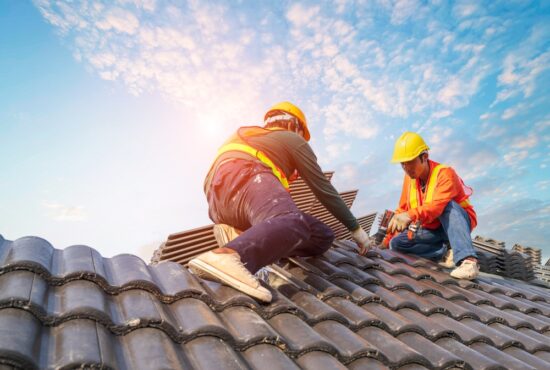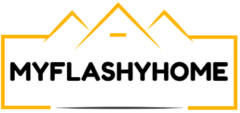
As urban centers evolve to meet the demands of a rapidly changing world, sustainable design has taken center stage in city planning. Among the many innovations reshaping the urban landscape, smart roofs are emerging as a transformative solution that integrates advanced technology with energy efficiency. These innovative roofing systems not only enhance a building’s performance but also contribute to the broader goal of creating eco-friendly, resilient cities.
The Emergence of Smart Roofing
Smart roofs are designed to do much more than simply shield buildings from the elements. By incorporating sensors, automated systems, and renewable energy technologies, they actively manage and optimize energy usage. These roofs can monitor environmental conditions in real-time, adjust to weather patterns, and even alert building managers to maintenance needs. As cities strive to reduce their carbon footprint, smart roofs offer an effective way to integrate sustainable practices into everyday infrastructure.
Integrating Advanced Technologies
At the heart of smart roofing lies a convergence of technologies. Sensors embedded in the roofing material collect data on temperature, humidity, and solar radiation, enabling real-time adjustments that optimize energy absorption and insulation. This data is transmitted to centralized control systems that analyze performance and adjust settings automatically. Moreover, many smart roofs incorporate photovoltaic cells, which convert sunlight into electricity, providing clean, renewable energy to the building. In some cases, integrated battery systems store excess energy for later use, ensuring that energy efficiency is maintained even during periods of low sunlight.
Enhancing Energy Efficiency and Sustainability
Smart roofs play a crucial role in boosting a building’s energy efficiency. By harnessing solar energy, they reduce reliance on traditional power sources and cut down on greenhouse gas emissions. Additionally, smart roofing materials are designed to reflect heat during hot seasons, reducing the cooling load and lowering air-conditioning costs. In cooler climates, these roofs can help retain heat, minimizing energy consumption for heating. This dual functionality not only enhances comfort for building occupants but also contributes to the sustainability goals of modern cities by lowering overall energy consumption and reducing environmental impact.
Urban Benefits and Broader Impacts
The adoption of smart roofs extends beyond individual buildings, influencing the urban environment as a whole. When integrated into city planning, these systems help mitigate urban heat island effects by reflecting excess solar radiation and improving air quality. Additionally, by decentralizing energy production through rooftop solar installations, cities can become more resilient against power outages and grid failures. This shift towards localized, renewable energy generation supports the creation of sustainable, self-sufficient urban communities that are better equipped to handle the challenges of climate change.
Overcoming Challenges and Future Prospects
Despite their promising benefits, the widespread adoption of smart roofs faces challenges. The initial investment for advanced materials and integrated systems can be high, and there is a need for standardized protocols to ensure compatibility between different technologies. However, as research continues and economies of scale improve, the cost of smart roofing solutions is expected to decrease. Public policy and incentives from local governments can also play a pivotal role in accelerating adoption, paving the way for a future where smart roofs are a standard component of urban infrastructure.
Conclusion
Smart roofs represent a significant leap forward in the quest for sustainable cities. By integrating state-of-the-art technology with energy-efficient design, these innovative systems offer a powerful tool to reduce energy consumption, cut emissions, and improve urban resilience. As cities continue to grow and evolve, smart roofs will undoubtedly be at the forefront of a greener, more sustainable future. A future where technology and nature work hand in hand to create vibrant, livable urban environments.
